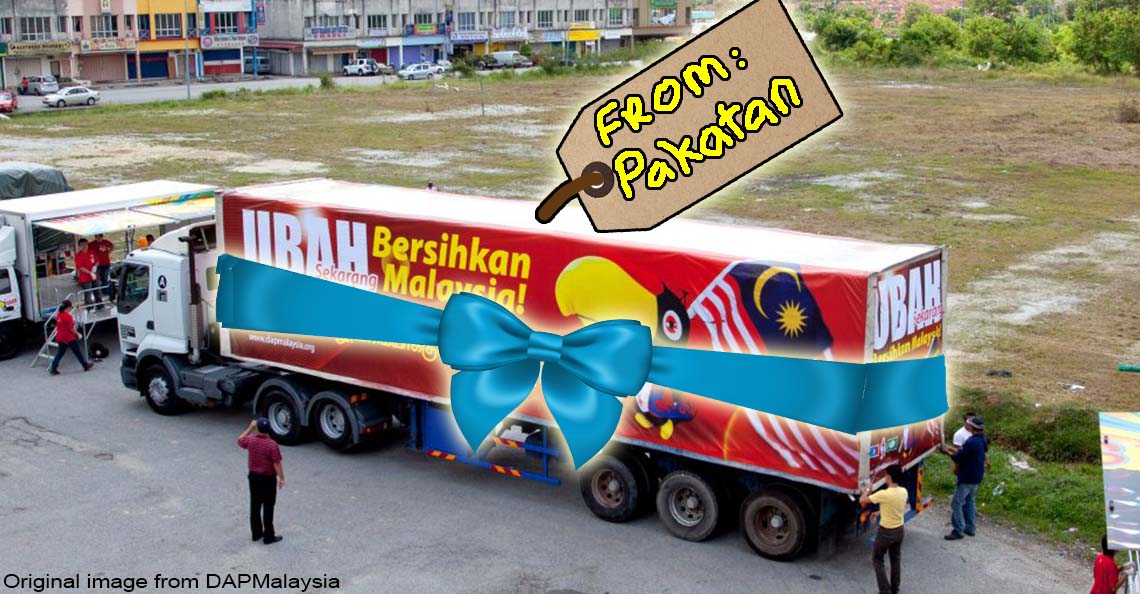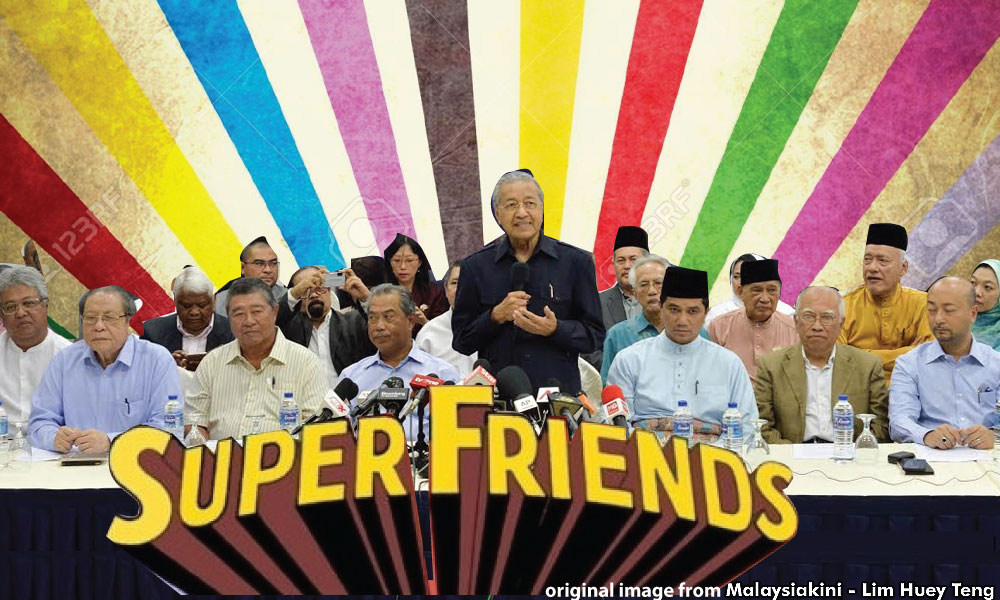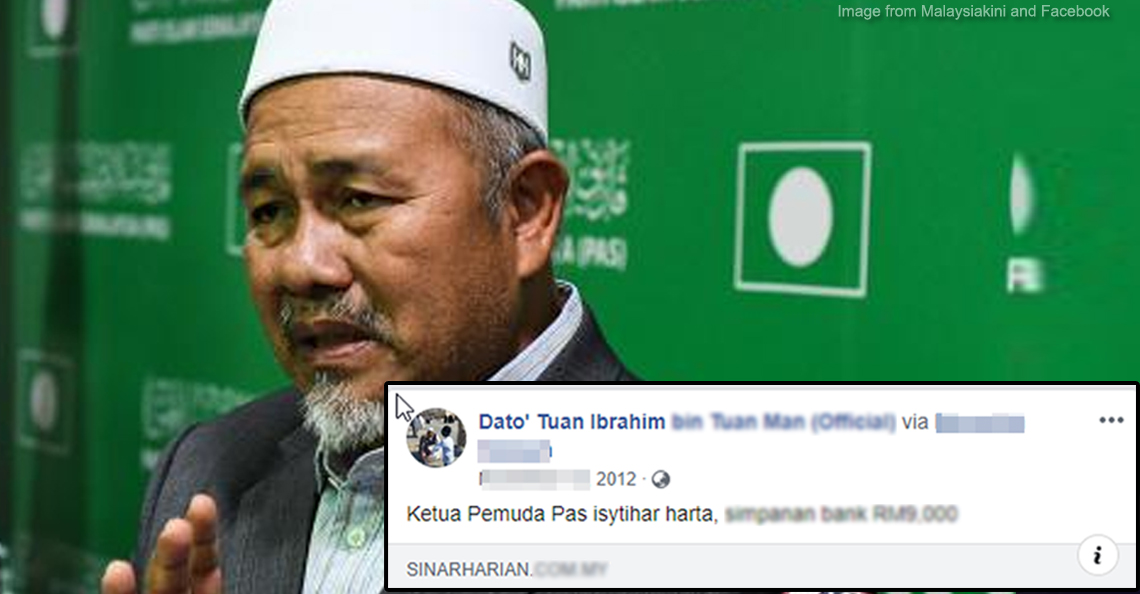Did the govt go to extremes to get a PAS leader in 1985?

- 1.8KShares
- Facebook1.7K
- Twitter21
- LinkedIn15
- Email26
- WhatsApp74
This article was first published in 2016. The feature image above was originally drawn by students of a school founded by Ibrahim Libya; other pictures are available here.

But why bring 576 policemen to arrest one guy? So badass meh?
Ibrahim Libya: The most feared ustaz in Malaysia
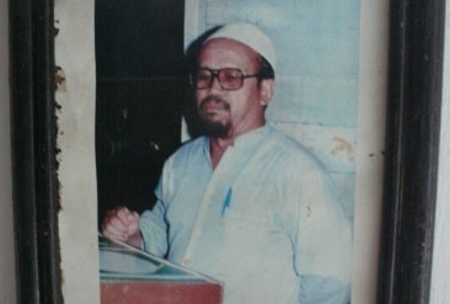
Born as Ibrahim Mahmud to a religious family in 1944, he picked up the Libya part of his name during his travels around the world to further his religious education – spending a lot of time in, well, Libya.
When he returned home to Malaysia in the 70’s, his religious qualifications were strong enough to qualify him for a job as a preacher (pendakwah) in the Prime Minister’s Office. In fact, he was so good at his job that he was eventually invited to appear on TV – not an easy feat in the days before YouTube and viral videos okay?
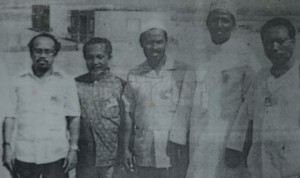
While most people would be pretty darn happy, he wasn’t, as he felt that the gomen imposed too many limits on what he’s allowed to preach. So he quit and had a spell in Libya as a preacher and by the time he came back to Malaysia in 1978, he had enough of doing it alone, so he went and joined PAS.
At that time, PAS had just left Barisan Nasional and was undergoing an internal struggle, with the party going from a Malay rights party to a Muslim rights party. Ibrahim Libya’s radical views on Islam and PAS’s new reputation as a Muslim rights party probably sparked some alarm bells, especially since Ibrahim loved to include concepts of jihad and being a martyr in his ceramahs. Because of this the gomen put out a warrant for the his arrest under the Internal Security Act, along with a few more radical PAS fellas.
The first attempt to arrest him in 1984 failed, as did attempt #2 in October 1985; when trying to arrest him at a PAS ceramah, they got distracted by the (bigger) threat of communists. But they found no communists, instead, they found the (even bigger) threat of Islamic militants. Cowdung almost hit the fan, but luckily a gunfight was avoided.
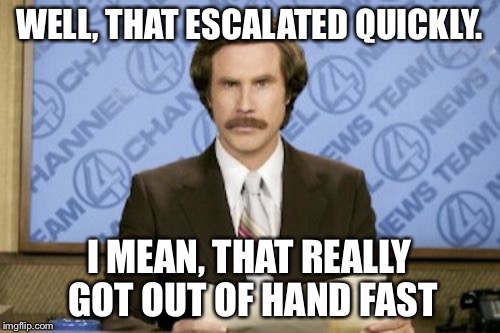
Ibrahim Libya seemed to have someone watching over him. But as they say, third time’s the charm right?
What we can confirm is that in the third attempt on 19 November 1985 Ibrahim Libya died in the conflict. 161 were arrested in total, with 36 charged with ISA. However, it’s everything in between that isn’t too clear – depending on whether you ask the gomen or his supporters.
The fall of Ibrahim Libya – according to our gomen

Aaaaand this is where we answer why 576 officers were needed to get one guy. According to the official government account (the White Paper of 1986), the large numbers were needed because:
- They suspected Ibrahim Libya had a small militia behind him
- He strongly preached the concept of jihad
- His supporters may have been armed
- Ibrahim Libya had a gun license
This view was further confirmed in the incident mentioned above where police walked into a bunch of Islamic militants near a PAS ceramah.
“Pada jam 9.50 malam, Ketua Polis Daerah Baling bersama tiga orang anggota yang lain di dalam sebuah kereta peronda menuju ke Kampung Memali telah ditahan serta dikerumuni oleh lebih kurang 200 orang,” – White Paper on Memali of 1986
During the siege on Ibrahim Libya’s house, the cops actually had no intention of using violence. They initially only armed themselves with batons and teargas, but when they were ambushed, they had no choice but to bring out the guns. Shots were exchanged and two policemen were killed. After failing to get him and his followers to surrender, they had to use some force – breaking down the gate with some bigass trucks and moving in to get their man.

More gunfights ensued, and the white paper says that Ibrahim came out attacking the cops. Police also supposedly kept asking for them to surrender even during the gunfight. By 1.30pm, the gunfight was over and Ibrahim along with several others were fatally wounded.
But on the other side of the fence though, the story comes out a little different…
The fall of Ibrahim Libya Pt. 2 – according to his supporters
Here’s where it gets interesting more interesting. A documentary on the Memali Incident called Al-Fatehah Memali revealed that the villagers knew about the operation beforehand and that police were authorised to use force when necessary. They added that Ibrahim wasn’t targeted because he was a religious extremist, but because UMNO Baling was worried about Ibrahim being so popular that they asked the federal gomen to get Ibrahim arrested under the ISA. You can watch a part of the documentary here:
Going against the claims of the white paper, the villagers said the police were the ones who got violent first, and broke into Ibrahim’s house. Another huge contradiction from the gomen’s report is that the villagers claimed they didn’t actually have any guns with them. Some also added that up to 3000 policemen were present at the operation. Once Ibrahim was gunned down, the police moved in and began shooting towards Ibrahim’s followers.
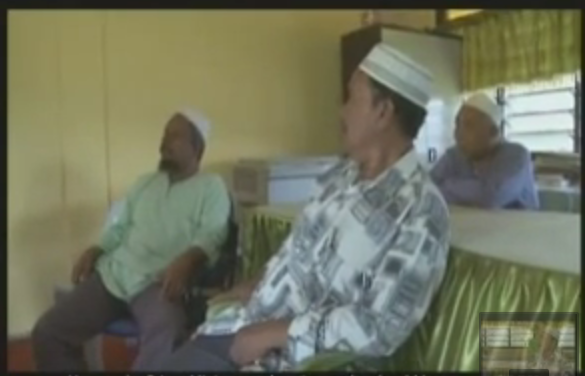
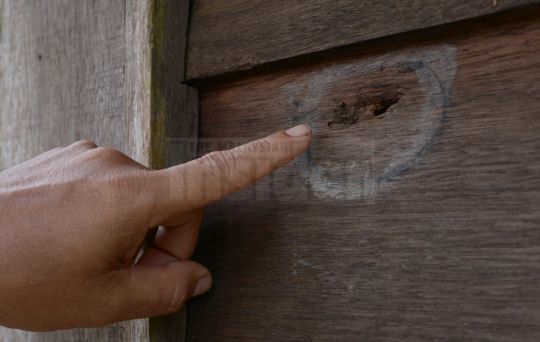
Ibrahim Libya’s widow meanwhile said that the police began using teargas on people in the house, despite the gomen’s white paper saying that they only used it when they were ambushed in the surrounding areas. After that, the house and those inside were shot at. She also mentioned how the police asked them to surrender (as per the white paper), but added that they did it with guns in their faces, as she sat beside a dying Ibrahim.
The villagers interviewed also said that they still seek compensation and want those responsible to face the courts. But umm…. exactly who is responsible?
No one properly remembers who was responsible
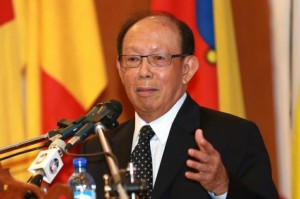
Throughout the entire saga, most people considered Musa Hitam, deputy Prime Minister at the time, to have been responsible for the incident since he was the public face for all parliamentary and press announcements. But this was because Mahathir was reportedly in China at the time.
However it wasnt until 2014 that Musa Hitam dropped the bombshell during a forum that Mahathir was actually IN THE COUNTRY for at least a few days after the Memali incident. Musa Hitam even mentioned how he had begged Mahathir to stay in the country to handle the situation as a Prime Minister, but according to him, Mahathir said no and left anyway. This was further proved thru the book Memali: A Policeman Remembers and an article from The Star that mentioned Mahathir not yet being in China.
In reply to Musa’s claims, Mahathir initially claimed he forgot what happened, before finally sharing his side of what happened in a blog post, where he assured readers that he’d left because he had trusted his Deputy to handle the situation. He also admitted to only flying off to China a day after the Memali Incident.
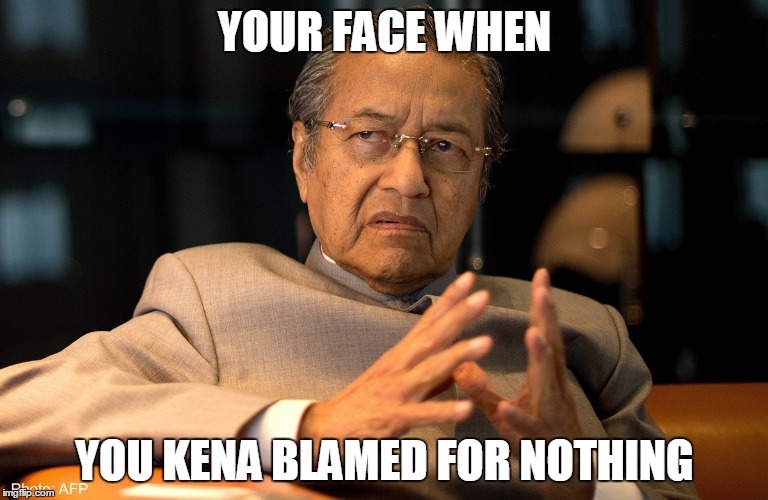
Anyways, Musa Hitam still considers the Memali Incident a dark spot in his political career and despite not being the acting PM during the incident, maintains that he’s willing to accept full responsibility for what happened. In fact, until today, Musa maintains that yes, he gave orders for police to apprehend Ibrahim, but specifically asked that no violence be used.
So did the government do the right thing?
Well, it depends on whether you consider Ibrahim Libya a hero who fought against the government and the ISA, or a villain who was threatening the safety of our country. What do ugaiz say?
PAS denied all accusations that Ibrahim Libya was a militant and an extremist and instead claimed that he died as a martyr and continues that stance until today. The gomen meanwhile seems to have no intention of changing their side of the story anytime soon, with a motion to retract the White Paper rejected by Parliament in 2014.
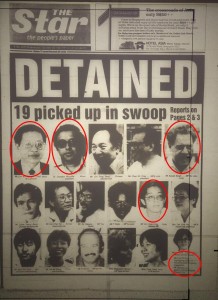
But perhaps there’s a much darker conclusion to the Memali Incident – that it was the precursor to a much bigger, much more damaging purge that came a few years later – Ops Lalang, where the gomen had used the ISA again to imprison political opponents and members of the press.
And although the ISA is no more, it’s been arguably been replaced with other preventive laws like SOSMA and POTA. And like the ISA, promises that it will not be used for political reasons are a little hard to swallow when SOSMA was used against Datuk Seri Khairuddin Abu Hassan, who made police reports on 1MDB in various countries.
So with the threat of Islamic State/ISIS/Hail Hydra looming over us, the government has passed an even MORE restrictive law that allows the Prime Minister to enforce something like a minidarurat. And while we have yet to see how this law will be used (hopefully never), you can be pretty sure there won’t be a White Paper for you to refer to.
If you enjoyed this story and want more, consider joining our HARI INI DALAM SEJARAH Facebook group ?
- 1.8KShares
- Facebook1.7K
- Twitter21
- LinkedIn15
- Email26
- WhatsApp74

